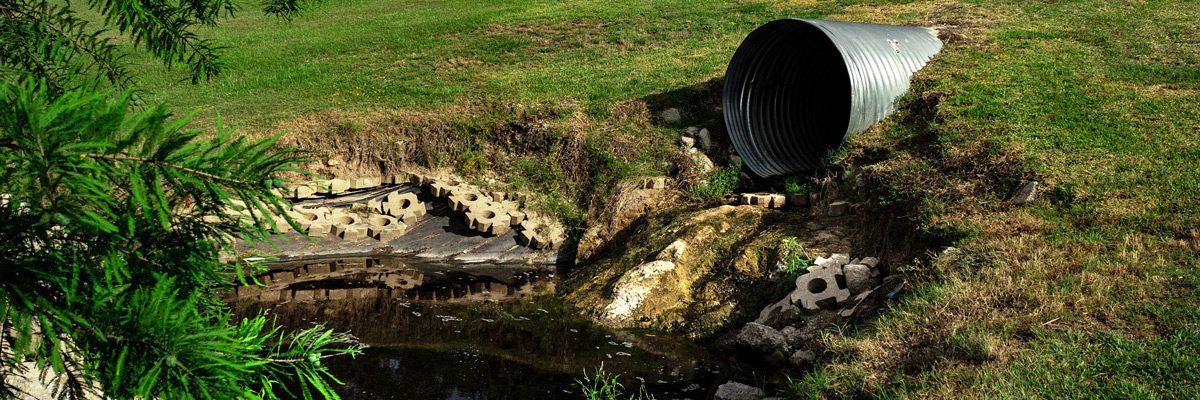First off, I lifted the chant below because I thought it was so cool. And timely. Second, this article about decarboning the air by a little Swiss company takes a looooong time to get to the point. Finally it does say that it takes a lot of power to run, A Nuke? I was just kidding, but maybe.
“KEEP THE OIL IN THE SOIL,
TAKE A PASS ON THE GAS!
BAN FRACKING AND ACTION ON CLIMATE CHANGE NOW!”
– Yes To The Path To 100 (%) Act (IL)
– Yes To The Green New Deal (Fed)
The Tiny Swiss Company That Thinks It Can Help Stop Climate Change
The Tiny Swiss Company That Thinks It Can Help Stop Climate Change
Two European entrepreneurs want to remove carbon from the air at prices cheap enough to matter.
By Jon Gertner
Just over a century ago in Ludwigshafen, Germany, a scientist named Carl Bosch assembled a team of engineers to exploit a new technique in chemistry. A year earlier, another German chemist, Fritz Haber, hit upon a process to pull nitrogen (N) from the air and combine it with hydrogen (H) to produce tiny amounts of ammonia (NH?). But Haber’s process was delicate, requiring the maintenance of high temperatures and high pressure. Bosch wanted to figure out how to adapt Haber’s discovery for commercial purposes — as we would say today, to “scale it up.” Anyone looking at the state of manufacturing in Europe around 1910, Bosch observed, could see that the task was daunting: The technology simply didn’t exist.
Over the next decade, however, Bosch and his team overcame a multitude of technological and metallurgical challenges. He chronicled them in his 1932 acceptance speech for the Nobel Prize for Chemistry — an honor he won because the Haber-Bosch process, as it came to be known, changed the world. His breakthrough made possible the production of ammonia on an industrial scale, providing the world with cheap and abundant fertilizer. The scientist and historian Vaclav Smil called Haber-Bosch “the most important technical invention of the 20th century.” Bosch had effectively removed the historical bounds on crop yields, so much so that he was widely credited with making “bread from air.” By some estimates, Bosch’s work made possible the lives of more than two billion human beings over the last 100 years.
What the Haber-Bosch method had going for it, from the very start, was a ready market. Fertilizer was already in high demand, but it came primarily from limited natural reserves in far-flung locales — bird droppings scraped from remote islands near Peru, for instance, or mineral stores of nitrogen dug out of the Chilean desert. Because synthetic ammonia competed with existing products, it was able to follow a timeworn pattern of innovation. In much the same way that LEDs have supplanted fluorescent and incandescent bulbs (which in turn had displaced kerosene lamps and wax candles), a novel product or process often replaces something already in demand. If it is better or cheaper — and especially if it is better and cheaper — it usually wins in the marketplace. Haber-Bosch did exactly that.
:}
Go there and read. More next week.
:}
